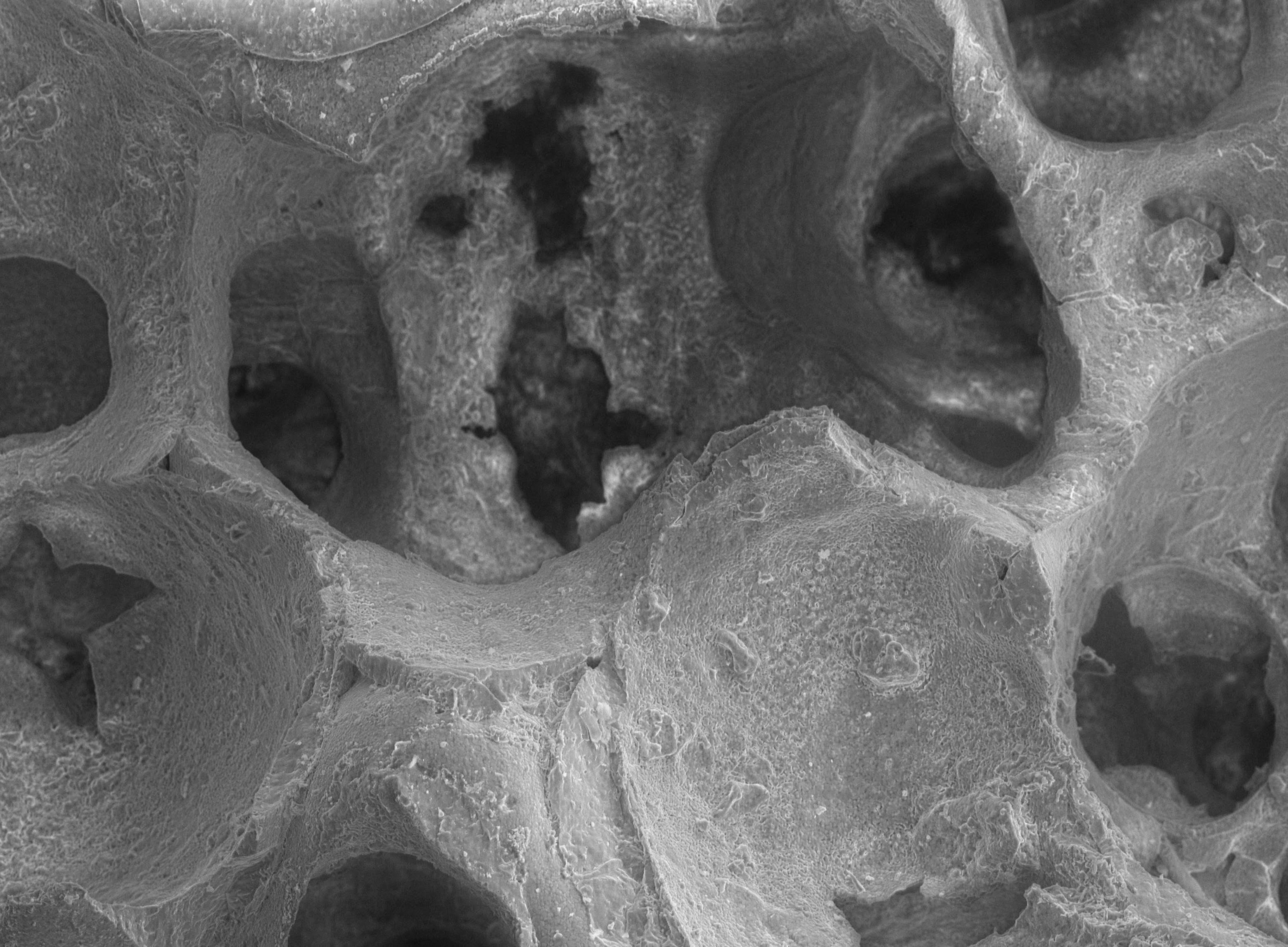36 — August 2019

From a preliminary report on the archaeological findings at [REDACTED], (date: [REDACTED])
Ioannis Tsitsovits
“[…] What distinguished the remains, above all, were the abnormally large lateral incisors and eleven cranial protuberances, distributed evenly on the upper frontal and parietal regions of the skull. Medical archaeologists have determined that these anomalies belong to a long, varied history of anatomical disorders, of which the case of supernumerary vertebrae documented by Ingres’ La Grande Odalisque is merely one example.7
The life-size marble figures that were found surrounding the remains are evidence of the condition’s most salient environmental consequence. How this effect is actually produced, however, is not entirely clear. Three-dimensional reconstructions show that the cranial protrusions are covered by a thick layer of epidermal scales. As scientists have indicated, these modify the photons that they come in contact with, so that on entering the cornea of other organisms, the altered photons trigger a cascade of biochemical reactions converting living tissue into mineral matter. Vision would thus set off a process of petrification.
Given the available data, the condition in question seems to be extremely rare. Its symptomology, however, corresponds closely with the profiles of a number of historical persons (e.g. Pope Cornelius, Hilda of Whitby). Moreover, the existence of individuals currently carrying the disorder cannot at present be ruled out.8 Once isolated and industrially harnessed, the condition’s transformative potential would pave the way to a formidable array of applications, most obviously in warfare, but also in the domains of art and manufacturing (for instance, by making inroads into 3D printing).”9
- 7Jean-Yves Maigne, Gilles Chatellier, Hélène Norlöff, “Extra vertebrae in Ingres’ La Grande Odalisque,” Journal of the Royal Society of Medicine 97, no. 7 (July 2004): 342-344. An extensive inventory of human bone anomalies is listed in Franco Bernouli’s Encyclopedia of Osteological Disorders (Stuttgart: Knochen, 1976).
- 8Based on recent reports, the most conspicuous living suspects likely suffering from the condition are [REDACTED], [REDACTED] and [REDACTED].
- 9It should be noted, in the latter case, that a production process that involves the literal objectification of living beings raises a host of ethical considerations. A case-by-case cost-benefit analysis would be advisable before determining the most appropriate course of action.
